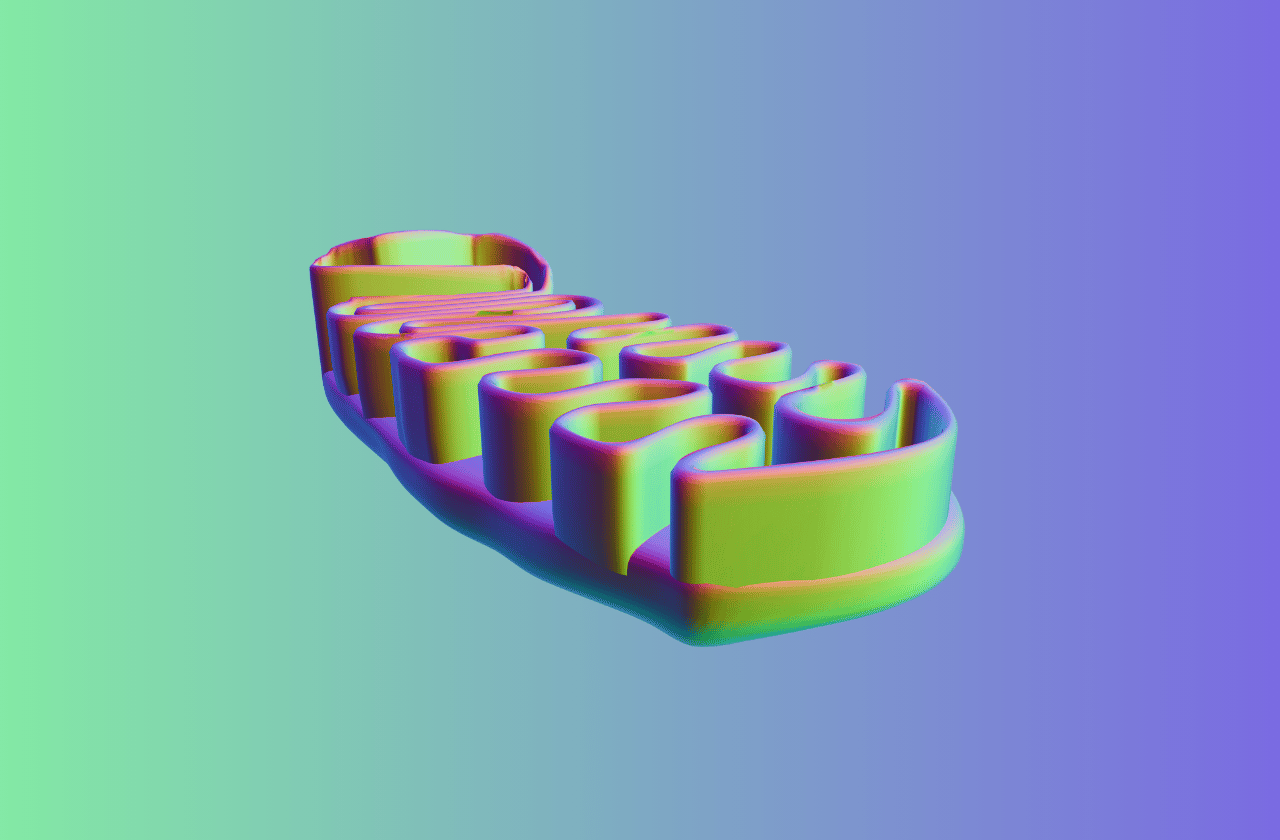[Disclaimer: This article is for informational purposes only. It is not intended as medical advice. Speak to your doctor before considering any treatment or therapy.]
If you’re exploring hormone optimization therapy, you’ve probably come across HCG (human chorionic gonadotropin).
This versatile treatment has gained popularity for its wide range of benefits beyond hormone regulation—it can enhance fertility, maintain reproductive function, boost libido, and support cognitive health in both men and women.
But here’s the thing: the FDA recently put the brakes on HCG production and sales, leaving many patients wondering what to do next.
There’s another option that might work even better than HCG, with fewer side effects to worry about—it’s called Gonadorelin.
Let’s see how these two treatments stack up against each other and which one is better for you!
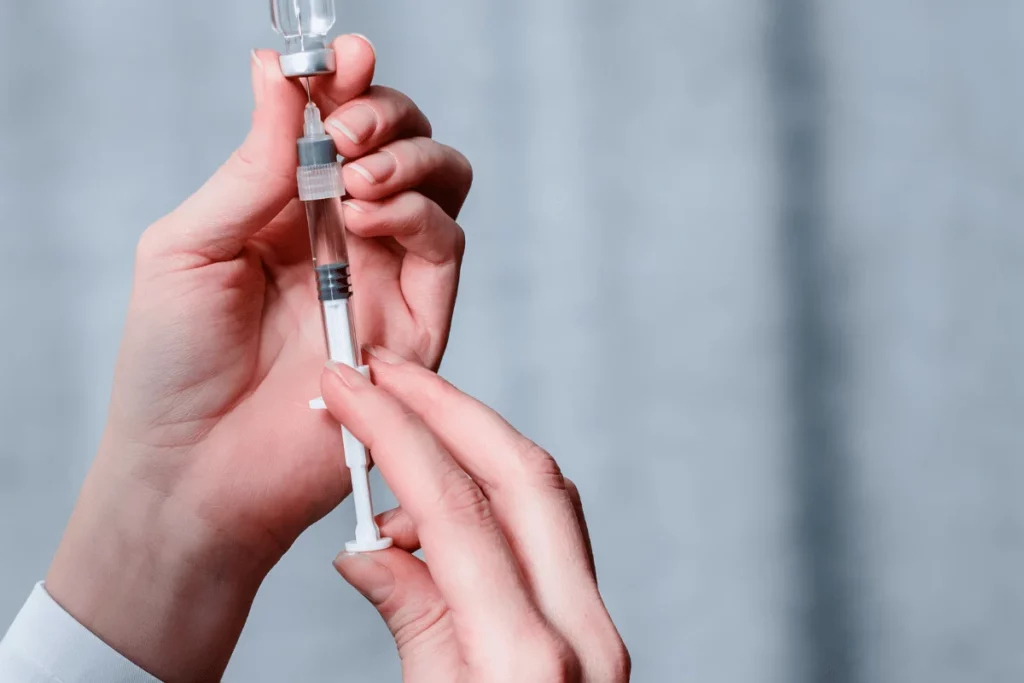
TL;DR – Gonadorelin vs. HCG
Here’s a quick overview of both compounds before we dive deeper:
| Gonadorelin | HCG |
| A synthetic hormone that copies your body’s natural hormone-releasing system, telling your brain to produce testosterone and other important reproductive hormones. | A natural hormone that directly stimulates your testicles to produce testosterone, similar to how your body’s luteinizing hormone (LH) works. |
| Pros | Pros |
| Bio-identical to natural GnRH Fewer side effects More stable storage conditions Lower cost Readily available through pharmacies | Well-researched compound Longer half-life Less frequent dosing is needed Direct testicular stimulation Extensive clinical history |
| Cons | Cons |
| Requires daily administration Shorter half-life Less research is available compared to HCG It may require more frequent monitoring | More expensive Stricter storage requirements Higher risk of side effects Limited availability due to FDA regulations May cause higher estrogen increases |
| Best For | Best For |
| You’ll get the most benefit from Gonadorelin if you’re on TRT and want to maintain your fertility, are looking for a more budget-friendly option, or if you’re sensitive to medication side effects. It’s particularly great if you don’t mind daily administration and prefer working with your body’s natural hormone system. | HCG might be a better choice if you’ve already used it successfully in the past, prefer less frequent injections, or need direct testicular stimulation. It’s also great if you don’t mind the higher cost and have proper storage conditions for the medication. |
What Is Gonadorelin? What Does It Do?
Gonadorelin is a synthetic version of the naturally occurring gonadotropin-releasing hormone (GnRH) produced in the brain’s hypothalamus region.
It is made up of only 10 amino acids and has a molecular weight of 1182 g/mol.
When injected into the body, Gonadorelin stimulates the anterior pituitary gland to secrete luteinizing hormone (LH) and follicle-stimulating hormone (FSH), which have cascade effects:
- LH acts on cells in the testes called Leydig cells to produce testosterone.
- FSH acts on Sertoli cells to stimulate sperm production.
- In women, LH and FSH promote ovulation and regulate menstrual cycles.
In essence, Gonadorelin jumpstarts the body’s native reproductive hormone production. Its primary function is regulating the hypothalamic-pituitary-gonadal (HPG) axis.
It is commonly used for treating delayed puberty, managing infertility, and potentially aiding cognition.

Benefits of Gonadorelin
Research indicates Gonadorelin offers the following evidence-based benefits:
Testicular Size Restoration
Clinical research confirms that Gonadorelin can help maintain and restore your testicular volume.
A comprehensive 5-year study published in Pediatric Surgery International (2014) provides compelling evidence.
The research followed 62 infants with 87 undescended testes, comparing two treatment approaches:
- Group 1: Surgery alone
- Group 2: Surgery plus Gonadorelin nasal spray (1.2mg daily for 4 weeks before and after surgery)
The results? Patients who received Gonadorelin showed:
- Significant improvement in testicular volume after 5 years
- A marked decrease in testicular atrophy index (TAIn)
- Particularly strong results in unilateral cases (where only one testicle was affected)
- Best outcomes in patients with initial TAIn values greater than 20%
This long-term study confirms what many doctors have observed:
Gonadorelin doesn’t just provide temporary benefits—it can lead to lasting improvements in testicular health and function.
LH Level Enhancement
LH (Luteinizing Hormone) is your body’s natural testosterone trigger. When LH levels increase, your testicles receive the signal to produce more testosterone.
This is where Gonadorelin shines.
A study with 26 men (including steroid users, hypogonadal patients, and healthy controls) found that just one 100mcg dose of Gonadorelin doubled LH levels across all groups.
Even more impressive, the five participants who previously used steroids saw their LH levels jump to the normal range after a single injection.
What does this mean for you? Higher LH levels translate to:
- Better natural testosterone production
- Improved sex drive and performance
- Enhanced muscle mass maintenance
- Increased energy levels
- Better mood and mental clarity
It provides benefits similar to many of the peptides used for libido enhancement.
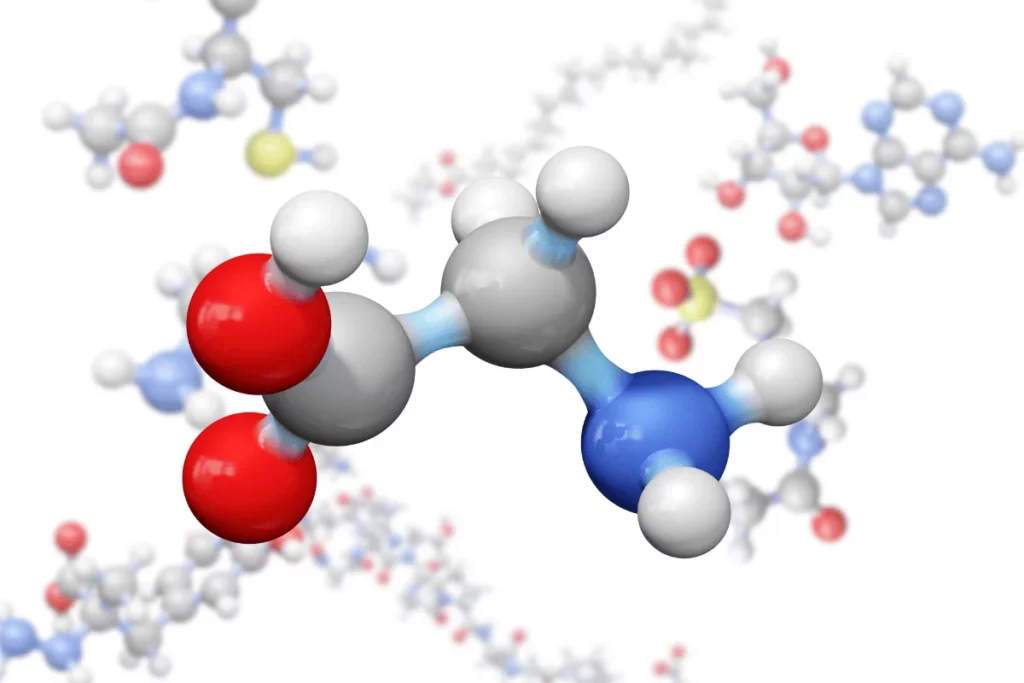
Fertility Enhancement
If you’re concerned about fertility, here’s some evidence from recent research.
A 25-year study published in the Journal of Assisted Reproduction and Genetics (2022) followed 66 patients through 212 treatment cycles using pulsatile Gonadorelin therapy.
The results were:
- High Success Rates:
- 96% ovulation rate per treatment cycle
- 80.5% achieved biochemical pregnancy
- 74.4% achieved clinical pregnancy
- 65.9% resulted in live births
- Only 11.5% miscarriage rate
- Natural and Safe Approach:
- 75% of cycles resulted in single-follicle ovulation (more natural and safer)
- Only 1.6% twin pregnancy rate (much lower than other fertility treatments)
- Birth weights were comparable to natural pregnancies
- Worked twice as fast as traditional HCG treatment (6 months versus 14 months)
When compared to traditional fertility treatments using injectable gonadotropins, Gonadorelin therapy showed:
- More natural hormone patterns
- Lower risk of multiple pregnancies
- Fewer side effects (like acne and breast tenderness)
- Better overall safety profile
The researchers concluded that Gonadorelin’s pulsatile delivery system (10mcg every 90 minutes) offers a more physiological and safer approach to fertility treatment than traditional methods.

Hormone System Support
Looking for a treatment that works with your body’s natural processes?
A study published in the American Journal of Men’s Health (2018) followed 28 men using Gonadorelin, getting impressive results about how it supports your body’s hormone system:
- Natural Hormone Balance:
- 93% of participants achieved normalized testosterone levels
- 90% successfully developed sperm production within 6 months
- Testosterone levels stayed more stable compared to HCG therapy
- This led to fewer side effects like facial acne and breast tenderness
- Faster Results Through Natural Pathways:
- Median time to sperm production was just 6 months (compared to 14 months with HCG)
- Successfully increased testicular volume and penile length from baseline
- Maintained more consistent testosterone levels with fewer fluctuations
- Required fewer dosage adjustments than HCG therapy
- Long-term Benefits:
- Significant improvements in testicular function were maintained throughout the study.
- More physiological hormone patterns than other treatments
- Lower risk of testosterone level spikes (which were common with HCG)
- Better overall hormone control with 10μg doses every 90 minutes
The best thing is that Gonadorelin achieved them by working through your body’s natural hormone pathway.
This natural approach explains why patients experience more stable hormone levels and fewer side effects than with direct hormone replacement approaches.

Recommended Gonadorelin Dosage
Mayo Clinic (Drug Guide on Gonadorelin Administration) provides detailed guidelines to help you make informed decisions with your healthcare provider.
Your specific dosage will depend on several factors, including your medical condition, age, and response to treatment.
In general:
If you’re using a Lutrepulse pump for fertility treatment, you’ll typically start with:
- Standard starting dose: 5 micrograms (mcg) every 90 minutes
- Administration method: Slow injection over 1 minute, either into a vein or under your skin
- Treatment duration: Typically continues for 21 days
- Dose adjustments: Your doctor may adjust the dose between 1-20 mcg based on your response
- Monitoring: Regular blood tests to check hormone levels and adjust dosing as needed
For diagnostic testing of your hormone system, dosing looks different:
- Adult dose: 0.1 milligrams (mg) as a single injection
- Administration: Either subcutaneous (under the skin) or intravenous (into a vein)
- Teens (12-18+ years): 2 micrograms per kilogram of body weight (0.9 micrograms per pound)
- Maximum single dose: Should not exceed 100 mcg
- Children under 12: Dosing must be individually determined by a physician
Never change your dose without consulting your healthcare provider.
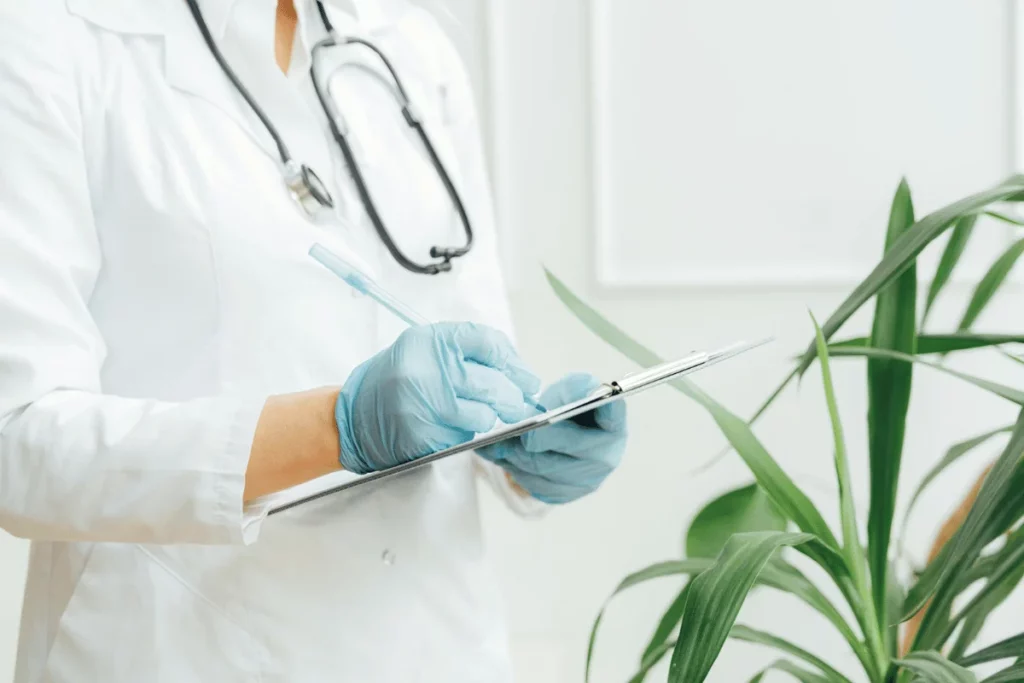
Gonadorelin Side Effects
Due to its quick clearance from the body after administration, Gonadorelin has a relatively mild side effect profile with few safety concerns:
- Headache, nausea
- Hot flashes
- Mood changes
- Insomnia, fatigue
- Skin irritation, redness, or swelling at the injection site
Higher doses can potentially lead to:
- Testicular sensitization – Uncomfortable awareness of testicles
- HPG axis suppression – Blocked LH/FSH production
- High testosterone/estrogen levels
Overall, Gonadorelin is very well tolerated due to having little accumulation in the body. Should side effects occur, they are generally transient.
What Is HCG? What Does It Do?
Human Chorionic Gonadotropin (HCG) is a naturally occurring glycoprotein hormone composed of 237 amino acids.
It’s primarily produced during pregnancy but can be synthesized for medical use. Unlike Gonadorelin, HCG directly mimics the body’s luteinizing hormone (LH).
HCG’s size and structure make it unique—it is much larger than Gonadorelin, with a molecular weight of 36,700 g/mol.
This larger structure contributes to its longer-lasting effects on the body.
Medicinally, HCG is used for the following FDA-approved indications (and more):
- Diagnosing pregnancy
- Treating undescended testes in infant boys
- Managing delayed puberty
- Inducing ovulation as part of fertility treatment
So, in summary, HCG acts as LH in the body to directly elevate sex hormone levels.
HCG also has off-label medical uses, including:
- Preventing testosterone-induced testicular shrinkage
- Restoring testicular function and fertility post-steroid cycles
- Promoting weight loss (via the HCG diet)

Benefits of HCG
Here’s what research tells us about HCG’s specific benefits:
Recovery of Testicular Function
If you’ve used testosterone replacement therapy (TRT) or anabolic steroids, HCG can be a game-changer.
Studies show that taking 3,000 units every other day can significantly boost your recovery:
- It gets your testicles functioning normally again
- Restores natural sperm production
- Most men see results within 4-5 months
- Works with or without additional medications
What makes HCG different from TRT and steroids is that while they can shut down your body’s natural testosterone production, HCG actually mimics your body’s LH to stimulate the testicles directly.
This means you can maintain or restore testicular function even while on other hormone therapies.
Treatment for Hormone Deficiency
For people with pituitary problems that prevent natural LH production (called hypogonadotropic hypogonadism), HCG offers significant help:
- It provides similar benefits to testosterone therapy
- Maintains your fertility (unlike standard TRT)
- Preserves normal testicular function
- Helps restore natural hormone balance
Fertility Treatment Support
In assisted reproduction treatments like IVF, HCG shows impressive success rates:
- 91.4% ovulation success rate in women
- 24.7% clinical pregnancy rate following treatment
- Helps time egg retrieval precisely
- Supports overall fertility treatment success
HCG offers these benefits while bypassing any potential issues with your pituitary gland. This makes it particularly valuable when your body’s natural LH production is compromised.
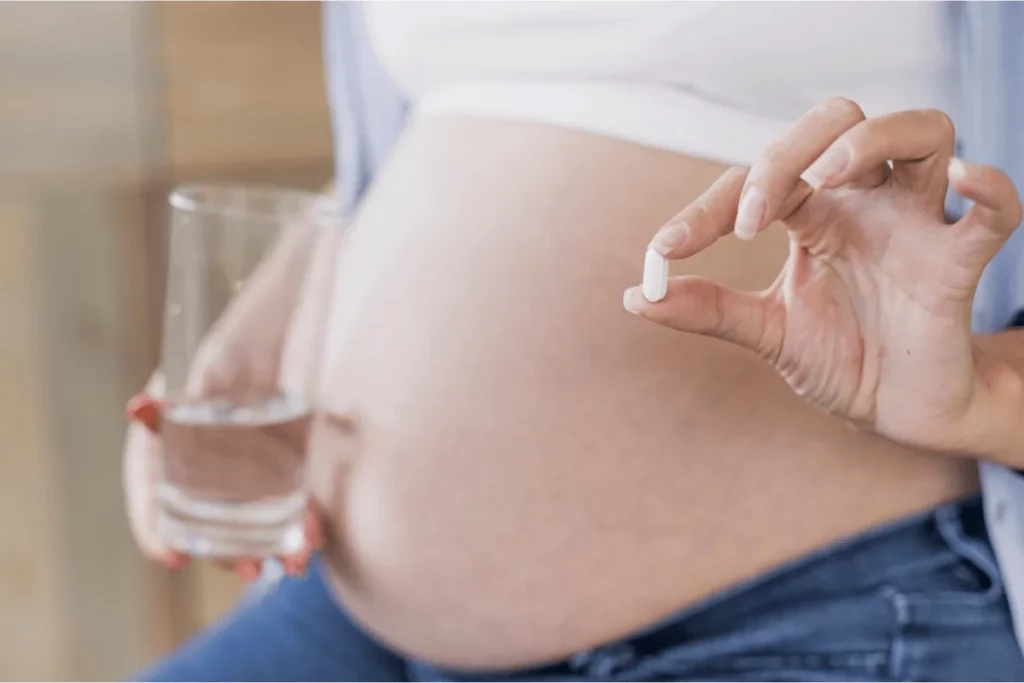
Recommended HCG Dosage
According to the comprehensive medication guide on Drugs.com (Pregnyl Dosage Guidelines), HCG dosing varies based on your specific condition, age, weight, and your doctor’s assessment.
Let’s break down what you need to know:
For men with hypogonadotropic hypogonadism (low hormone production), there are two standard protocols:
- Option 1: 500 to 1,000 USP units three times weekly for 3 weeks, then twice weekly for 3 more weeks
- Option 2: 4,000 USP units three times weekly for 6-9 months, potentially reducing to 2,000 USP units three times weekly for 3 additional months
For young patients with undescended testicles (cryptorchidism), several treatment options exist:
- 4,000 USP units three times weekly for 3 weeks
- 5,000 USP units every other day for 4 injections
- 500 to 1,000 USP units across 15 injections over 6 weeks
- 500 USP units three times weekly for 4-6 weeks (can be increased to 1,000 USP units if the first round isn’t successful)
For women undergoing fertility treatment:
- 5,000 to 10,000 USP units as a single dose
- Typically given one day after completing gonadotropin treatment
- 10,000 USP units is the most commonly recommended dose
Note: All injections are intended for intramuscular use only, and each vial should be used by just one patient.
HCG Side Effects
Despite benefits, HCG carries more numerous and severe safety concerns than Gonadorelin:
- Nausea
- Headaches, fatigue, irritability
- Skin reactions and pain at the injection site
- Gynecomastia (development of breast tissue in males)
- High estrogen effects
- Testicular desensitization
- Potential tumor promotion
HCG’s longer half-life makes side effects more likely, especially with overly high/frequent dosing.
Users should monitor for indications of hormonal dysfunction.
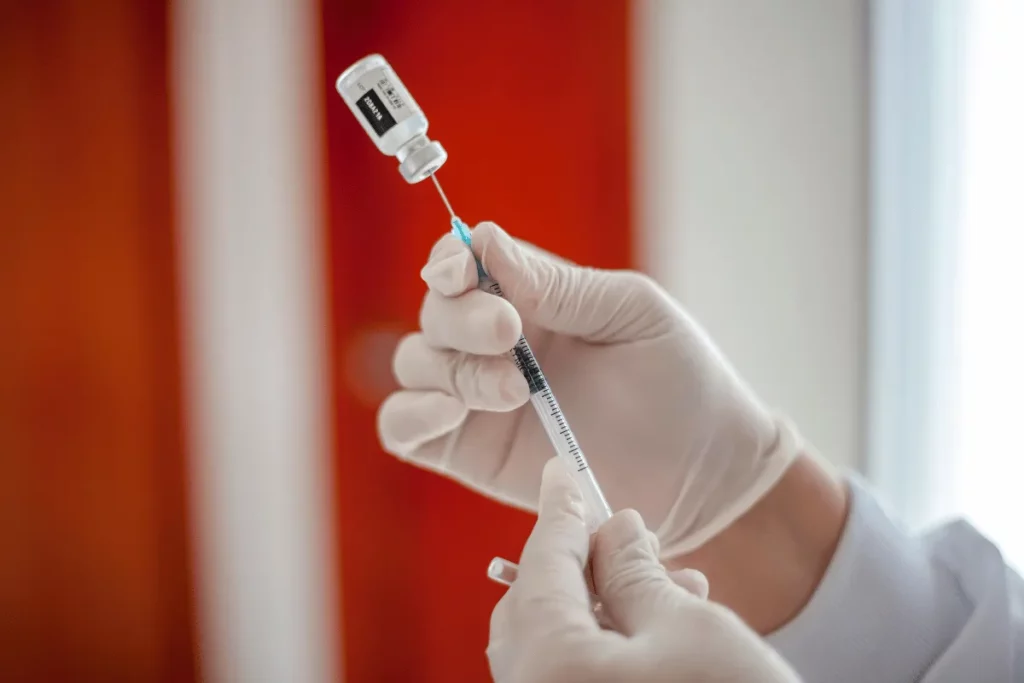
Gonadorelin vs. HCG Comparative Analysis
Now that we’ve explored each compound individually, let’s put them head-to-head across different aspects to help you understand their key differences:
| Aspect | Gonadorelin | HCG |
| Mechanism | Stimulates the pituitary gland to release LH & FSH | Directly mimics LH |
| Half-life | 2-4 minutes | 36 hours |
| Dosing Frequency | Daily | Every 2-3 days |
| Cost | $20-30/month | $70-100/month |
| Storage | Stable at room temperature | Requires refrigeration |
| FDA Status | Available through pharmacies | Limited availability |
| Effect Speed | Takes longer to see the effects | Faster direct action |
| Estrogen Impact | Moderate increase | Higher potential increase |
Similarities and Differences
Despite their divergent origins and mechanisms, Gonadorelin and HCG share common effects in certain areas while differing distinctly in others:
Gonadorelin and HCG Similarities
Here are the similarities:
- Both increase LH, FSH, and downstream sex hormones
- Both prevent shrinking and restore testicular size
- Both aid fertility through improved sperm and ovulation
- Both are available only via prescription for injection
- Both are quite expensive without insurance coverage
Gonadorelin and HCG Differences
They both differ in the following ways:
- HCG directly elevates testosterone; Gonadorelin elevates it indirectly
- HCG suppresses natural LH; Gonadorelin stimulates LH release
- Gonadorelin has a superior safety profile than HCG
- HCG has more clinical trial data evidencing efficacy
- Gonadorelin offers easier storage than refrigeration-mandatory HCG
- Gonadorelin requires more frequent administration
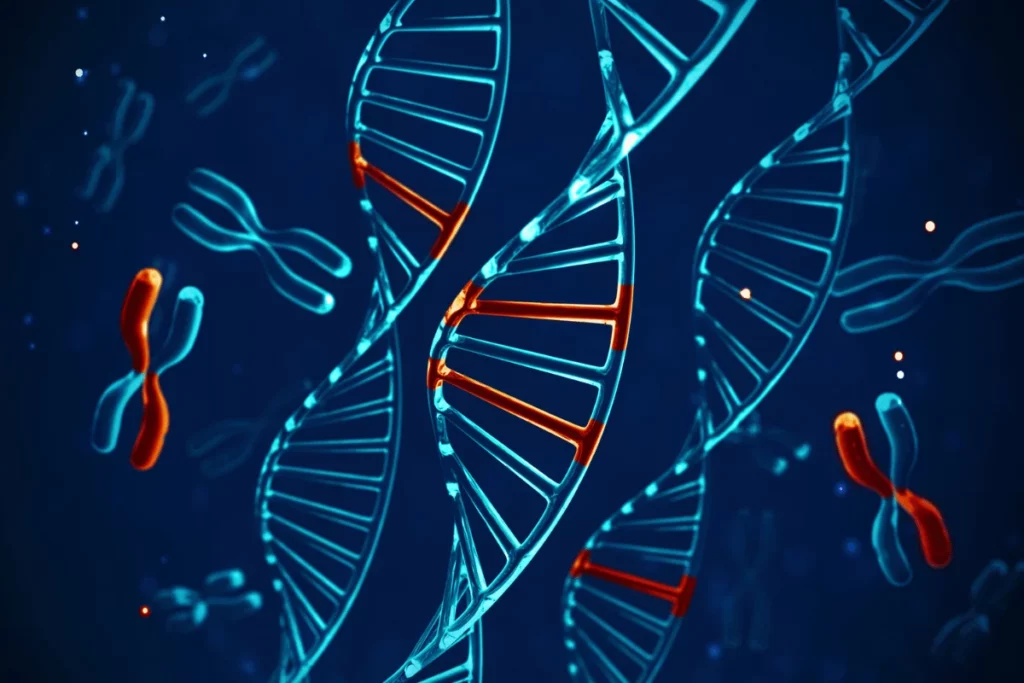
Can You Take HCG and Gonadorelin Together?
There is no literature examining the combined use of Gonadorelin and HCG.
As both stimulate the HPG axis, albeit in different ways, stacked use may provide a synergistic effect:
- HCG provides direct testicular stimulation
- Gonadorelin prompts upstream HPG axis hormones
- Together, they offer multi-level support for optimal testosterone levels
However, it’s generally unnecessary. Both medications target similar pathways, and using them together might not provide additional benefits.
This combination would also have amplified potential side effects. Dual gonadal stimulation would likely elevate estrogen levels.
Be safe and choose one based on your specific needs and response (Gonadorelin is generally more available now).
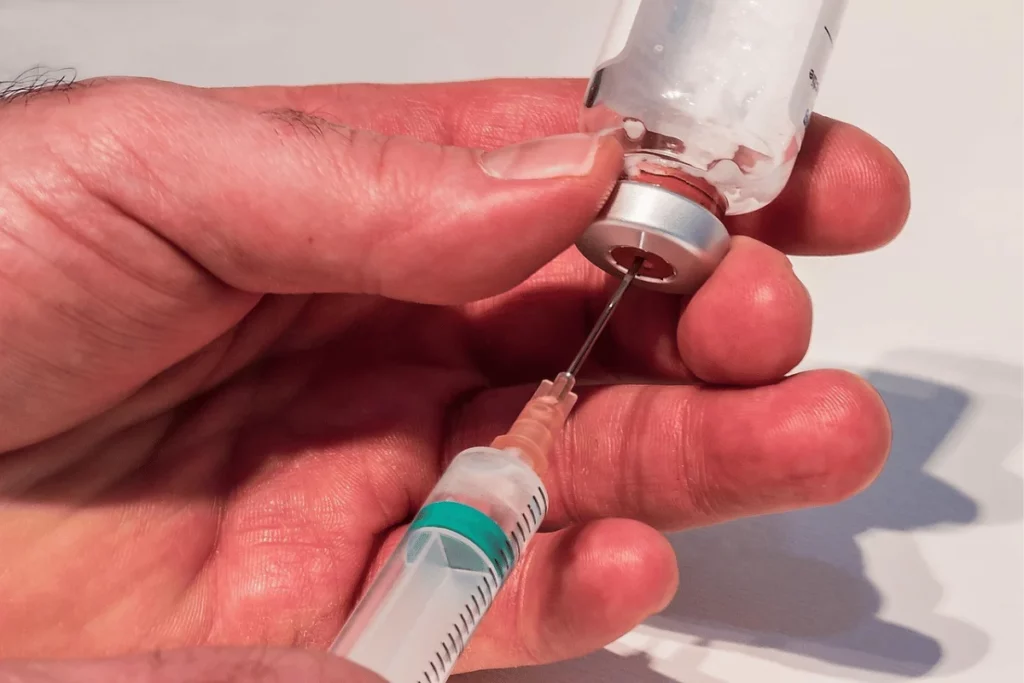
Frequently Asked Questions (FAQs)
Let’s address some common questions about these compounds:
Gonadorelin vs. HCG for TRT – Which Works Better?
For individuals undergoing testosterone replacement therapy, both Gonadorelin and HCG can effectively preserve hormonal health, testicular size, and fertility.
HCG provides more testosterone gains. However, Gonadorelin offers a near side-effect-free alternative that may better support complete hormonal well-being in the long term.
How Are Gonadorelin and HCG Dosages Determined for TRT?
Clinicians determine suitable Gonadorelin or HCG doses for TRT patients based on factors like the patient’s:
- Age, weight, and lifestyle habits
- Severity of hormone deficiency
- Presence of side effects or complications
- Response to initially prescribed doses
The doses are adjusted over time to balance the potential helpfulness and possible side effects for each person.
Are Gonadorelin and HCG Safe for Long-Term Use?
Both are generally safe for long-term use under proper medical supervision (referring to the studies mentioned in each substance’s ‘benefits’ sections).
However:
- Gonadorelin shows fewer long-term side effects
- HCG requires more careful monitoring of estrogen levels
- Both need regular blood work to ensure optimal results
Conclusion – Is Gonadorelin the Same as HCG?
Think of Gonadorelin as HCG’s more refined cousin. Both can effectively boost your testosterone, protect your testicular size, and maintain your fertility.
However, Gonadorelin tends to cause fewer side effects, making it a gentler option for most people.
The main trade-off? Timing.
You’ll need to commit to daily Gonadorelin injections, while HCG offers a more flexible schedule every second or third day.
But this extra effort often pays off with better tolerance and fewer unwanted effects.
Here’s what might influence your choice:
- If you prefer fewer side effects → Consider Gonadorelin
- If you want less frequent injections → HCG might be your better option
- If cost is a concern → Gonadorelin is typically more affordable
- If availability matters → Gonadorelin faces fewer supply challenges
Remember that everyone responds differently to these medications.
While research shows that Gonadorelin may be the better choice for most, some patients still see better results with HCG.
The key is finding what works best for your specific situation. After all, you know your body best!








